Imagine a future where you are enjoying a picnic on the red planet, Sun bathing on Venus or enjoying the nature on an asteroid in a different solar system, wouldn’t it be a nice place to live.
Let’s come back to the present and see its possibility.
Space colonization (also called space settlement or extraterrestrial colonization) is the hypothetical permanent settlement and exploitation of natural resources at celestial objects other than Earth. As such it is a form of human presence in space, beyond human spaceflight and operating space outposts.
To date, no space colony has been set up. A space colony would set a precedent that would raise numerous socio-political questions. The mere construction of the needed infrastructure presents a daunting set of technological and economic challenges. Space colonies are generally conceived as organizational and material structures that have to provide for nearly all (or all) the needs of larger numbers of humans, in an environment out in space that is very hostile to human life and inaccessible for maintenance and supply from Earth. It would involve technologies that have yet to be developed in any meaningful way. It would also have to deal with the as-yet unknown issue of how humans would behave and thrive in such places long-term. The present cost of sending anything from the surface of the Earth into orbit is around $1400 per kg to low Earth orbit, a space colony would currently be a massively expensive project. On the technological front, there is ongoing progress in making access to space cheaper reusable launch systems could reach $20 per kg to orbit. Rockets like these are being made by SpaceX and many safe launches have been made.
There are yet no plans for building space colonies by any large-scale organization, either government or private. However, many proposals, speculations, and designs for space settlements have been made through the years, and a considerable number of space colonization advocates and groups are active. Several famous scientists, such as Freeman Dyson, and entrepreneurs like Elon Musk have come out in favor of space settlement.
History of Space Colonization
Before looking into the future, we need to look at the history, and see from where this idea began,
Early suggestions for future colonizers like Francis Drake and Christopher Columbus to reach the Moon and people consequently living there were made by John Wilkins in A Discourse Concerning a New Planet in the first half of the 17th century.
The first known work on space colonization was The Brick Moon, a work of fiction published in 1869 by Edward Everett Hale, about an inhabited artificial satellite. In 1897 Kurd Lasswitz also wrote about space colonies.
The Russian rocket science pioneer Konstantin Tsiolkovsky foresaw elements of the space community in his book Beyond Planet Earth written about 1900. Tsiolkovsky had his space travelers building greenhouses and raising crops in space. Tsiolkovsky believed that going into space would help perfect human beings, leading to immortality and peace.
In 1977 the first sustained space habitat the Salyut 6 station was put into Earth's orbit and was eventually succeeded by the ISS, today's closest to a human outpost in space.
Locations for Colonization
The location of colonization can be on a physical body planet, dwarf planet, natural satellite, or asteroid or orbiting one.
# The Moon
The Moon is discussed as a target for colonization, due to its proximity to Earth and lower escape velocity. Abundant ice in certain areas could provide support for the water needs of a lunar colony, However, the Moon's lack of atmosphere provides no protection from space radiation or meteoroids, so lunar lava tubes have been proposed sites to gain protection. The Moon's low surface gravity is also a concern, as it is unknown whether 1/6g is enough to maintain human health for long periods. Interest in establishing a moonbase has increased in the 21st century as an intermediate to Mars colonization, with such proposals as the Moon Village for research, mining, and trade facilities with permanent habitation.
# Mercury
Once thought to be a volatile-depleted body like our Moon, Mercury is now known to be volatile-rich, surprisingly richer in volatiles than any other terrestrial body in the inner Solar System. The planet also receives six and a half times the solar flux as the Earth/Moon system, making solar energy a very effective energy source. As Mercury has essentially no axial tilt, crater floors near its poles lie in eternal darkness, never seeing the Sun. They function as cold traps, trapping volatiles for geological periods. It is estimated that the poles of Mercury contain 1014–1015 kg of water, likely covered by about 5.65×109 m3 of hydrocarbons. This would make agriculture possible. It has been suggested that plant varieties could be developed to take advantage of the high light intensity and the long day of Mercury. The poles do not experience the significant day-night variations the rest of Mercury do, making them the best place on the planet to begin a colony.
# Mars
Organizations have proposed plans for a human mission to Mars, the first step towards any colonization effort, but no person has set foot on the planet. However, Landers and rovers have successfully explored the planetary surface and delivered information about conditions on the ground. The surface gravity of Mars is just 38% that of Earth. Atmospheric pressure on Mars is far below the Armstrong limit at which people can survive without pressure suits. This thin atmosphere does not filter out ultraviolet sunlight, which causes instability in the molecular bonds between atoms. Also due to the thinness of the atmosphere, the temperature difference between day and night is much larger than on Earth, typically around 70 °C (125 °F). Water on Mars is scarce, with rovers Spirit and Opportunity finding less than there is in Earth's driest desert.
Other locations include Venus, asteroid belts, moons of other planets and places beyond our solar system and galaxy.
# Intergalactic travel
More places for colonization are planets in different star systems and intergalactic locations, the problem with that is we have no way of travelling near the speed of light without which it would take centuries to travel to these places, like the nearest star system from Earth is Alpha Centauri which is 4.4 light years away which is nearly 40 trillion km, with our fastest rocket ship it would take us nearly 18,000 years to reach there, which would take generations, no one would survive in this and is not even possible because of limited fuel in the ship. For now we should stick to places in our solar system.
Why we should colonize space?
· Survival of human civilization
· Vast resources in space
· Alleviating overpopulation and resource demand
· Save the environment of Earth by moving people and industry into space
Challenges in space colonization
· Transportation
· Economical issues
· Health and physiological issues
· High radiation
One challenge in space colonization would be ethical, we go and start mining on a planet for resources in the process of which we destroy the undiscovered life or the potential for life on that planet, we also came to existence on earth as no one disturbed and life was evolved gradually which we destroy for that planet. It depends on us that how we perceive this.
A more possible situation would be that we find extraterrestrial life on any of these places which are not peaceful, which would be a risk to our species, but that’s long talk.
I believe that despite all these challenges we should try to extend human life on different places across the solar system, galaxy or universe as it would open gates to new forms of science and knowledge.
I hope we all see different and beautiful places in this universe not like different countries or continents but as one EARTH.
Follow me on socials:


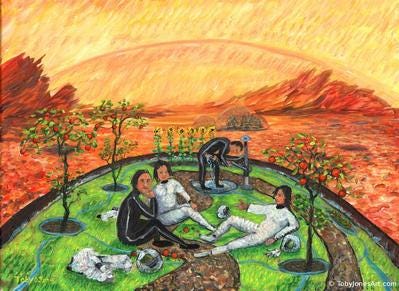
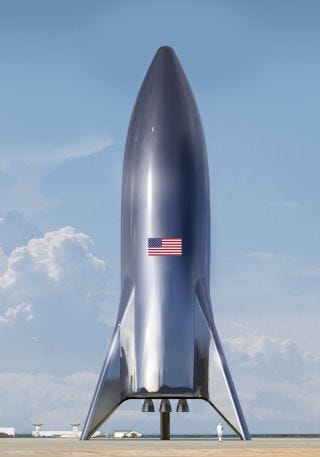
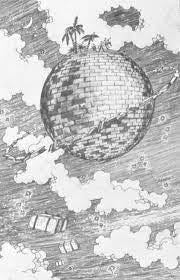
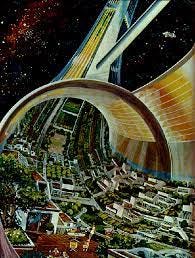
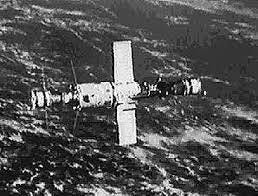
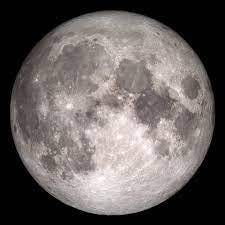
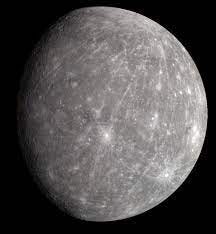
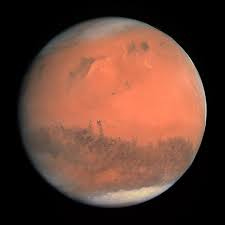
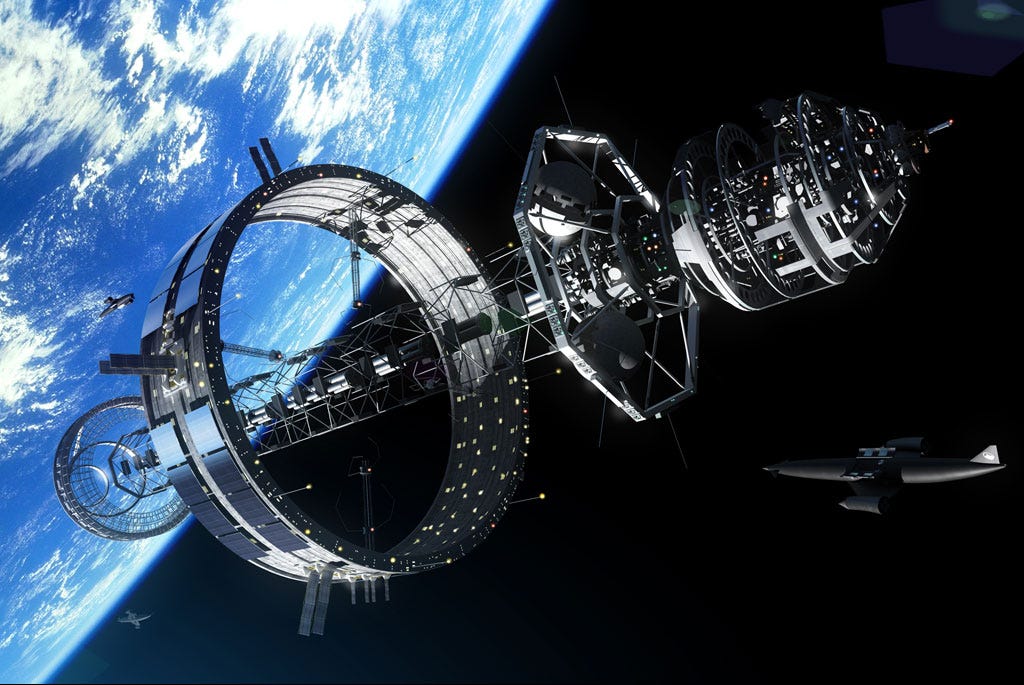
Itna kese likh leta h 😏😂